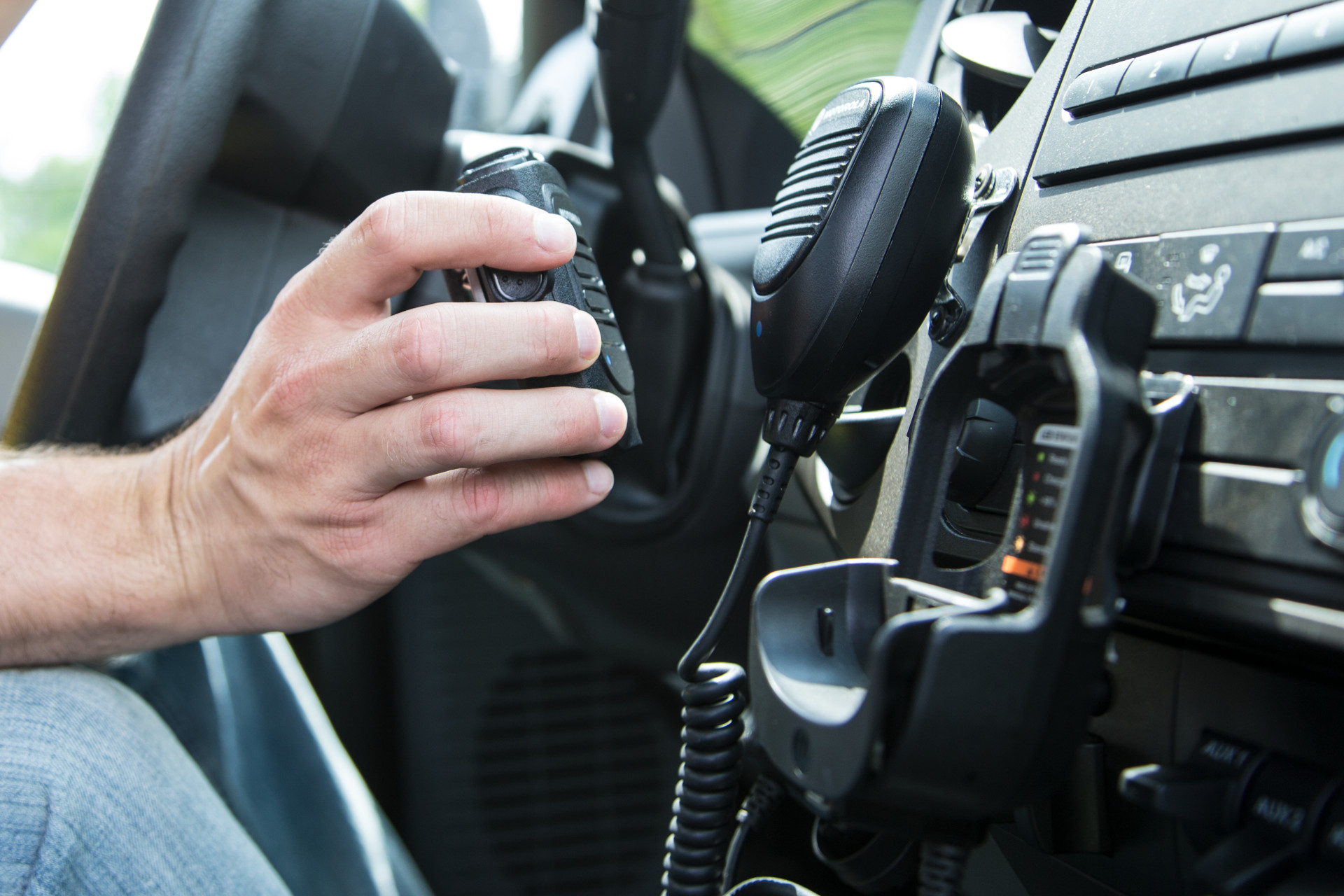
To build smarter, safer, more sustainable cities and states, decision-makers in Government & Public Safety are acutely aware of the future value of advanced technologies.
In a recent Panasonic survey of more than 400 technology decision-makers1 across 13 industries (including Government and Public Safety), more than half considered mobile devices, apps and commerce, the cloud and AI among the most critical to the future of their organization. Nine in 10 intend to adopt them in the near future.
From our partners at both Panasonic and Motorola, here’s a look at two ways next-generation technologies are helping first responders stay safe and protect the public, helping employers increase workplace safety and performance, and helping all users of their communication technologies make more informed decisions.
Technology to reduce distracted driving
Did you know that from 2012 to 2016, 152 law enforcement officers across the U.S. were killed in car crashes? And almost half were single-vehicle events.2 Like many other drivers on the road, first responders get distracted. They’re on their phones, their radios or viewing data on their in-vehicle laptops. Having real-time access to information obviously helps them make better decisions, but when an officer takes his eyes off the road or his hands of the wheel – even for a few seconds – he poses a risk to himself and to others. It’s a challenge Panasonic is working to solve.
“For the last 20 years, Panasonic has been on this journey with the law enforcement community of putting more and more technology in the cars and giving them more and more access to information,” said Alex Nollmann, Sales Director, Public Sector. “Now, we’re spending a lot of time working on voice recognition, head-up display (HUD), different technologies that deliver the information they need in a timely manner but in a way that doesn’t distract them from protecting themselves and the people around them.”
Our partners at Motorola are also addressing the issue of distracted driving with text-to-speech capabilities on its two-way radios. MOTOTRBO™ text-to-speech reads texts and work orders out loud to the user. For example, a forklift driver transporting materials inside a manufacturing facility can keep his eyes on the task. The driver doesn’t need to stop—or worse—try to read the message while driving.
Technology to better coordinate resources and communications
“In today’s world, it is so important that our different agencies can talk to each other because we see more and more events where we’re responding with multiple groups from different agencies,” said R. David Paulsison, Senior Partner, Global Emergency Solutions, LLC and former FEMA administrator. “We’ve had several in the past already where the EMS unit, the fire units and the police units could not talk to each other because they were on different and incompatible systems. Those units have to be able to share information.”
Motorola is exploring ways to leverage technologies holistically—across all agencies within a municipality. “Cities can’t afford to have a different technology for sanitation, a different technology for public works, a different technology for transportation,” said Bob Schassler, Senior Vice President – Radio Solutions, Motorola Solutions. “And what we’re trying to do is understand all of the requirements in those other government verticals to understand how they can leverage technology across the entire city over our networks on our devices.”
The value of well-coordinated communication extends beyond the benefits to first responders. Across the Stoughton, Wisconsin school district, analog radios were recently replaced with a MOTOTRBO Capacity Plus Multi-Site system after a recent scare.
“We had a student that brought in an item for show and tell. It broke, and we weren’t sure what the substance was that was in the jar,” said Erica Pickett, Director of Business Services. “So we made a decision to evacuate our building. Unfortunately, our old radios had poor reception and quality and so everyone was trying to call each other and the signals weren’t getting through.”
Today, the district is equipped with more than 200 XPR 3000 series radios that provide instant communications for teachers, principals, custodial staff and even local law enforcement.
“The safety and security of our students is our number one priority,” added Pickett. “The kinds of things that have happened over the last 10-15 years in schools, it’s really pressed on the need to improve safety, security, and along with that comes improved communication.”
Improved communications technology can lead to safer workplaces, too. Factories, for example, can be dangerous places. According to the U.S. Bureau of Labor Statistics, there were nearly 394,600 worker reported injuries in manufacturing in the US in 2017.3 But it doesn’t have to be that way.
Today’s two-way radio technology helps keep workers connected and can improve response in the event of an emergency. If a factory supervisor spots a chemical spill, for example, he can switch to the safety emergency channel and initiate a push-to-talk group conversation with safety officers and local first responders.
Whether you’re responsible for a manufacturing facility, a school district or an entire city’s municipal services, contact us to learn more about how our engineering team can help you design and implement a communications solution to increase safety and security.
References
1 Panasonic Corporation of America, 2018. Industry Intelligence: Report on Disruptive Technology’s Impact on Government and Public Safety, p.5.
2 https://www.cdc.gov/niosh/topics/leo/pdfs/KeepOfficersSafeOnTheRoad.pdf
3 https://www.bls.gov/iif/oshsum.htm#17Summary_News_Release
